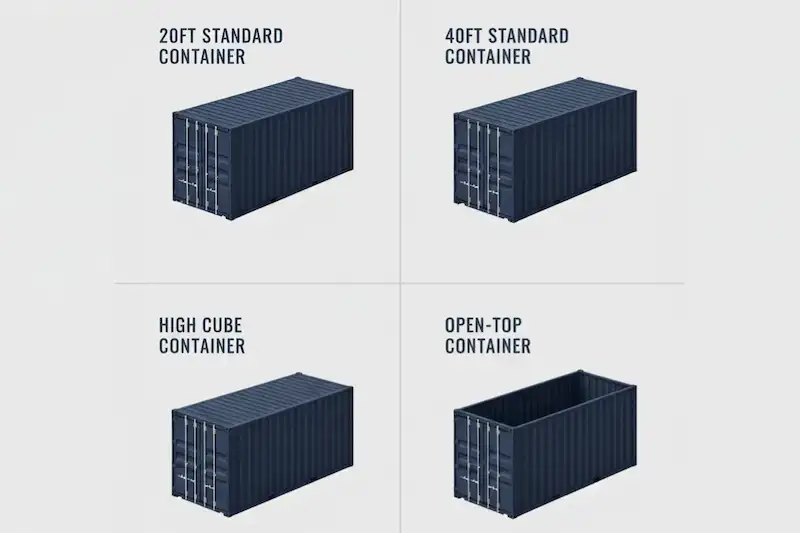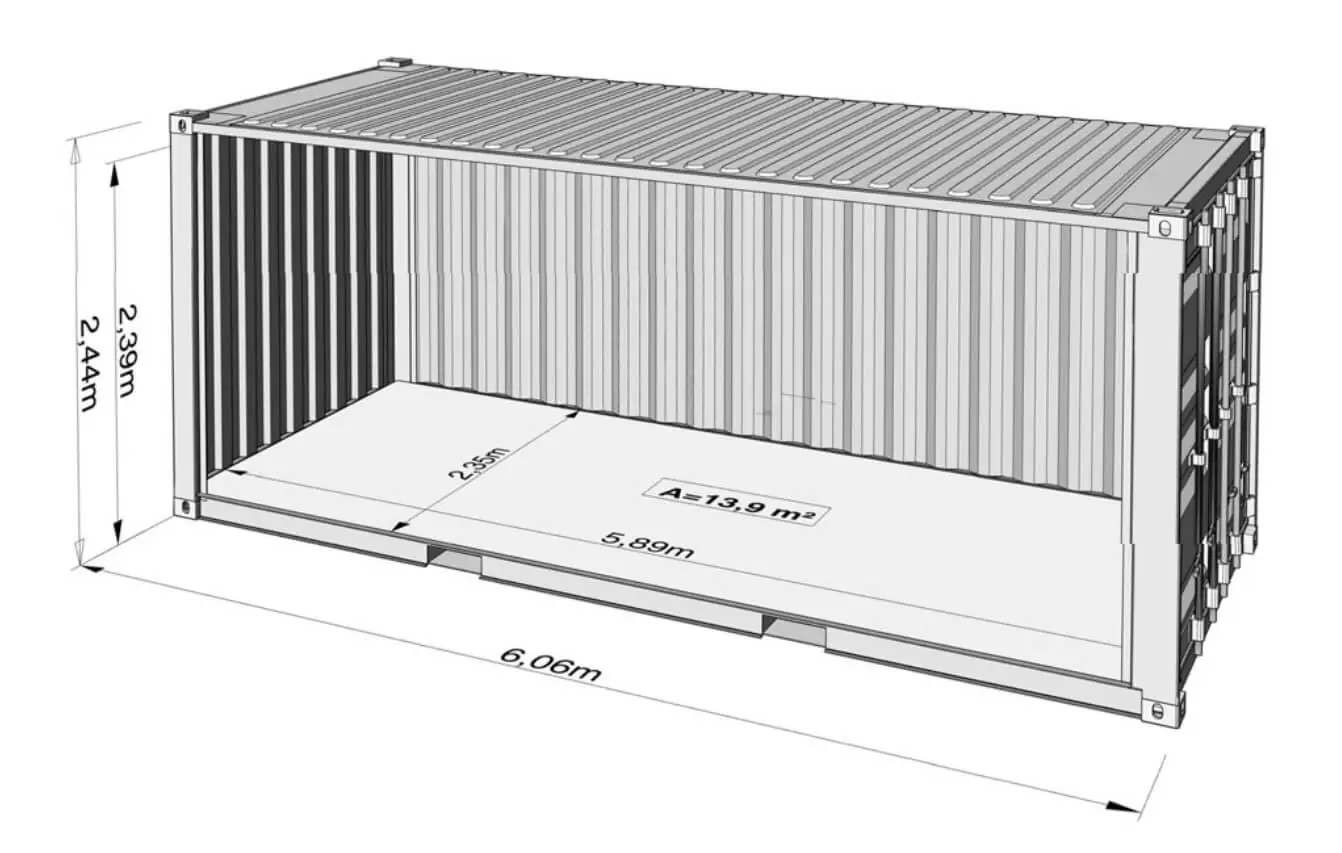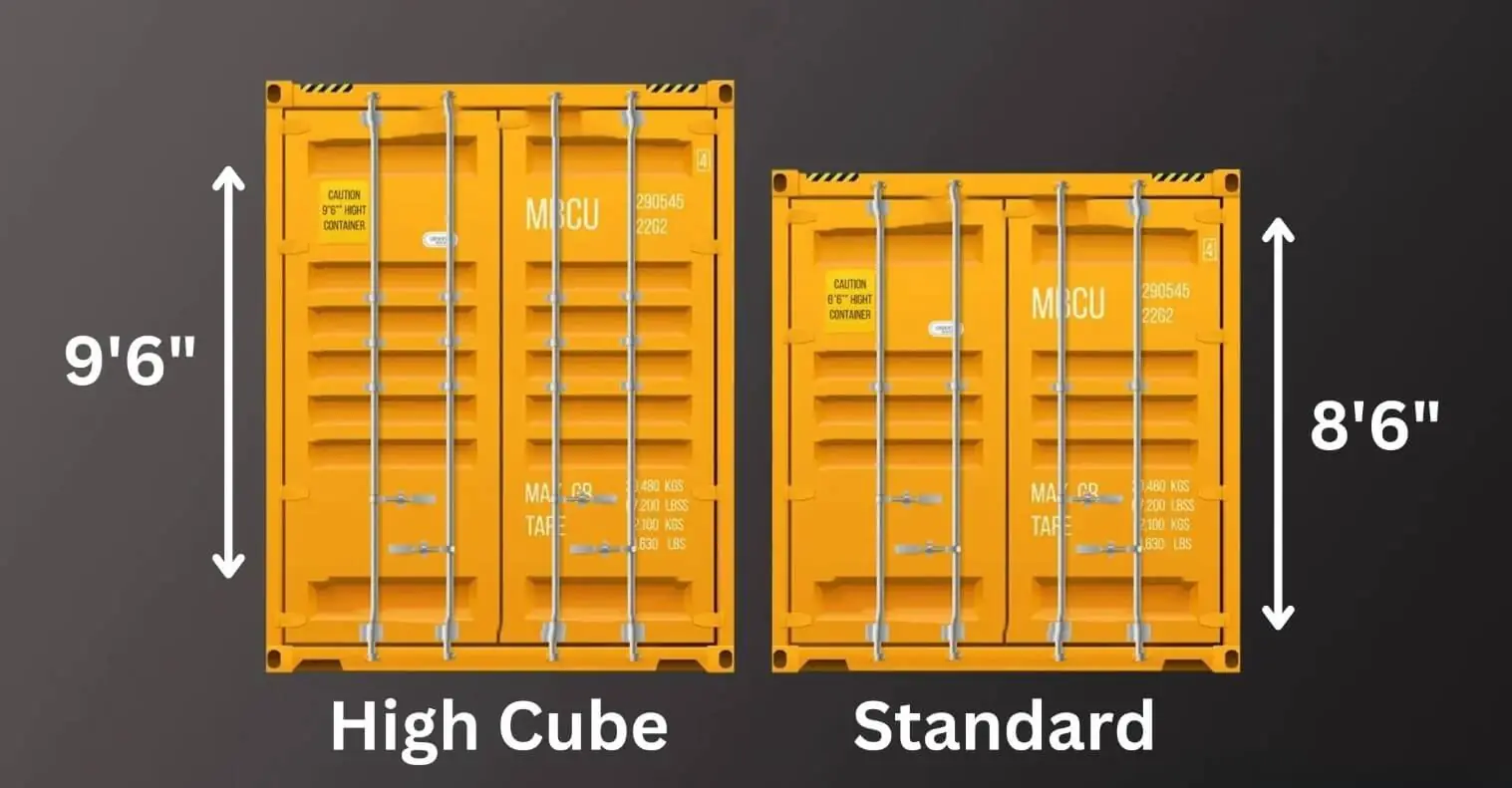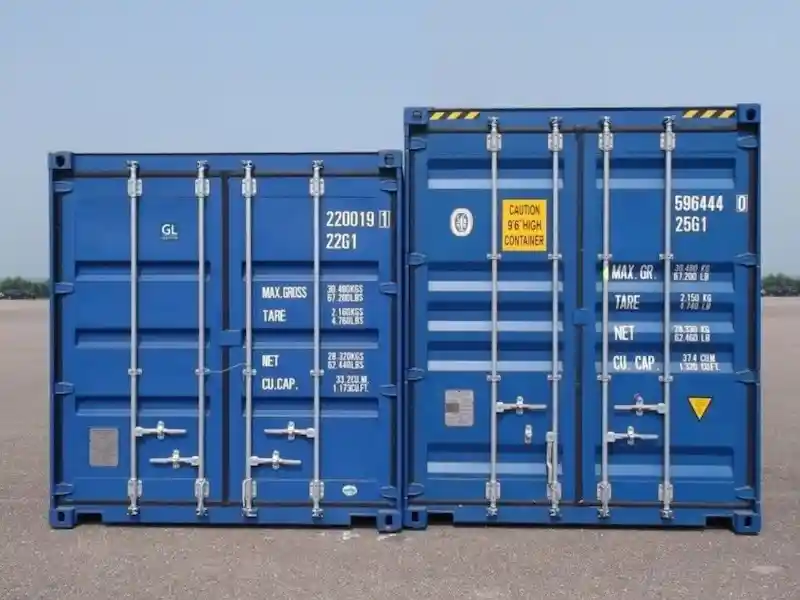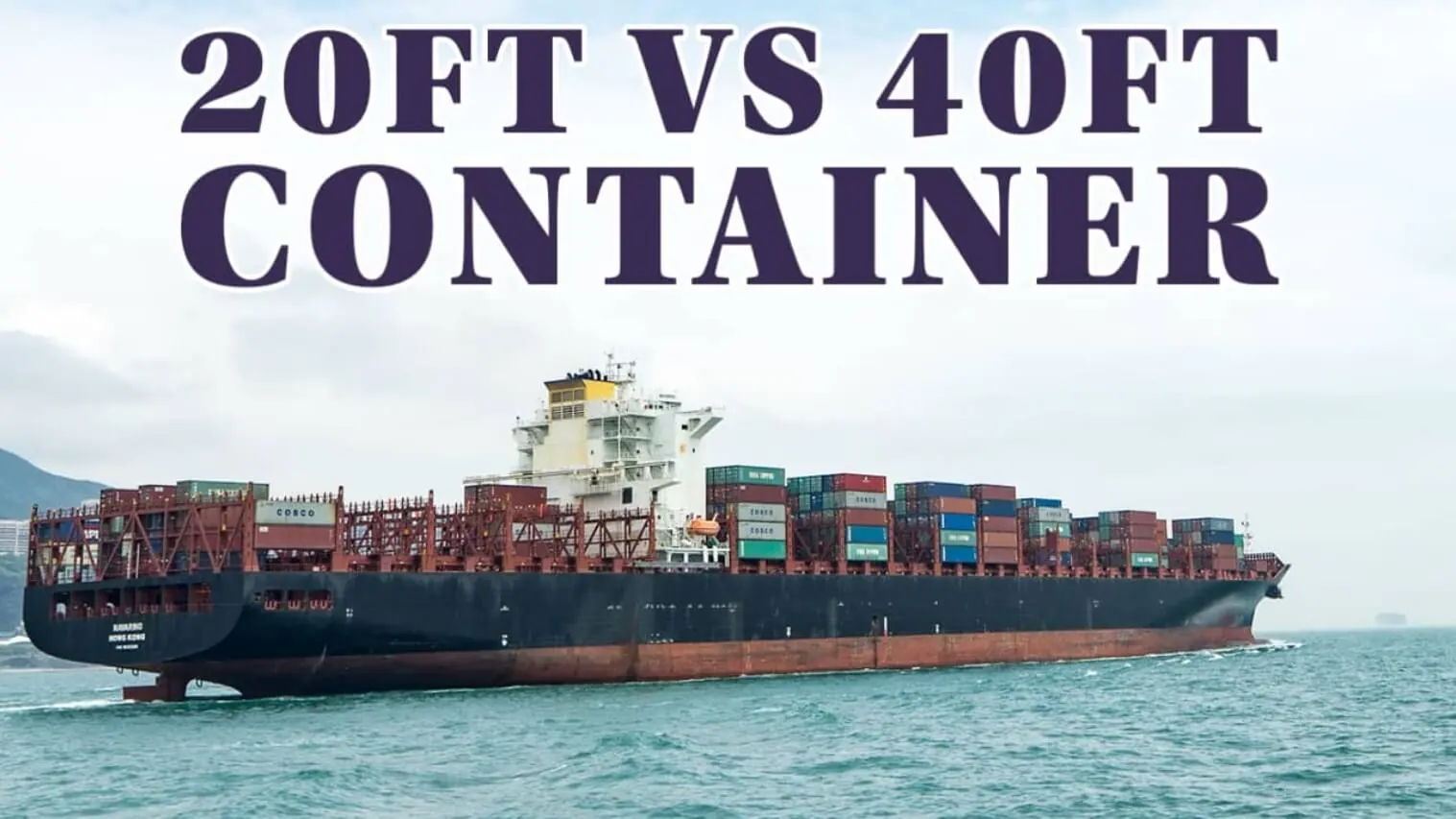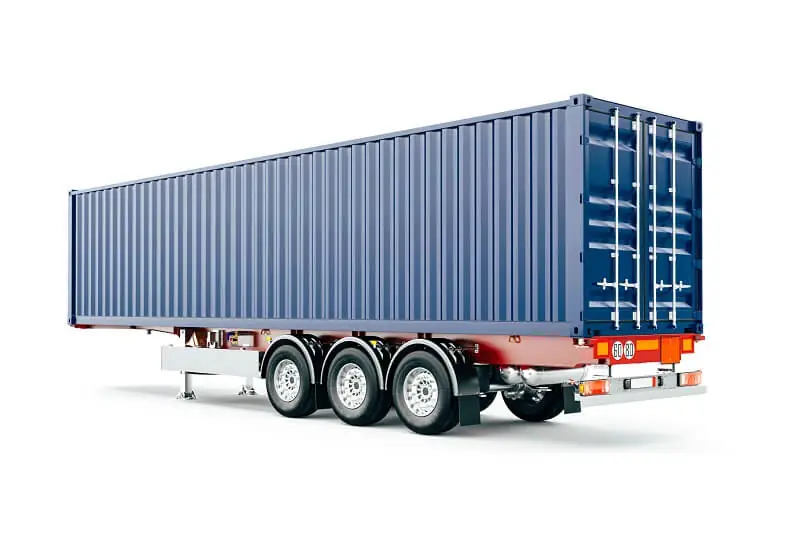How Much Does A 20ft Shipping Container Weigh Empty & Loaded

🎧 Listen while you read – learn how much a 20ft container weighs when empty and loaded.
Shipping a 20ft container isn’t as simple as loading it up and sending it on its way. Did you know that even an empty container has a significant weight that impacts shipping plans? If you understand the true container weight well, it will save you from costly surprises and stressful shipments.
Empty Weight of a 20ft Shipping Container
A 20ft shipping container, when empty, weighs between 4,800 and 5,100 pounds — that’s roughly the same as an adult giraffe. This weight comes from its steel structure, featuring corrugated walls, reinforced corners, and solid flooring, all built to handle some of the toughest shipping conditions on the planet.
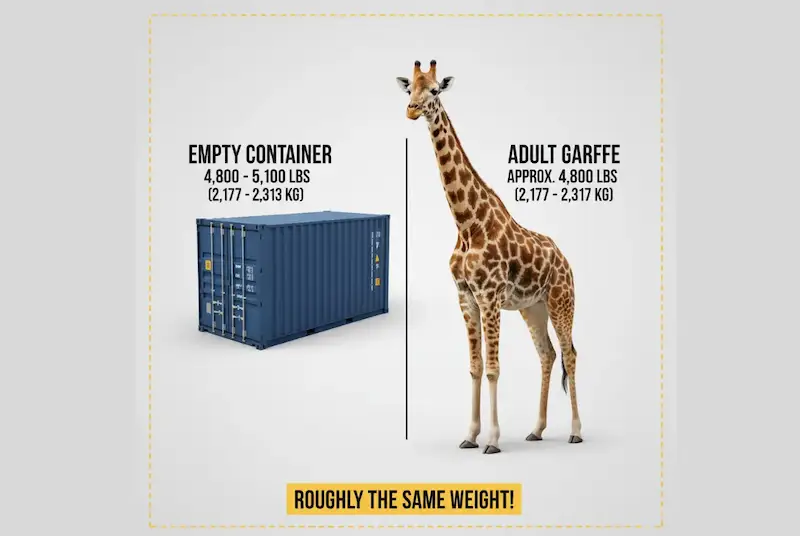
Considering this base weight is more than a curiosity for shipping and logistics, it helps calculate how much cargo can be transported without exceeding weight limits. Even in construction, where these containers are often transformed into storage units and sustainable housing, understanding this weight helps plan for and optimize crane lifts, foundations, and overall project stability.
Standard Tare Weight and Variations Based on Container Type
Each type of a 20ft shipping container has its tare weight (the weight of the container when it’s empty):
| Type of container | Weight range | What makes it unique |
| Standard steel | 4,800–5,100 lbs | Durable, general-purpose, widely used |
| Lightweight aluminium | 4,000–4,500 lbs | Lighter, ideal for weight-sensitive cargo |
| Refrigerated (reefer) | 6,000–7,000 lbs | Includes refrigeration units for perishable goods |
| Insulated container | 5,500–6,000 lbs | Insulated walls for temperature-sensitive items |
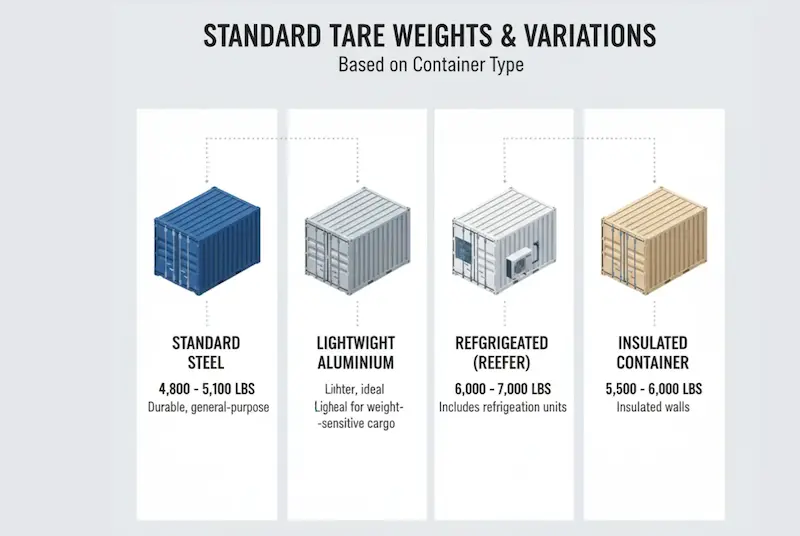
As you can see, a container’s tare weight is a reflection of its design, material, and features. Variations in them will help you make precise shipping calculations and choose the right container for a job.
Loaded Weight of a 20ft Shipping Container
When you think about a 20ft shipping container, you probably picture it stacked on a cargo ship or sitting on the back of a truck. But you can’t even imagine how much weight these containers carry.
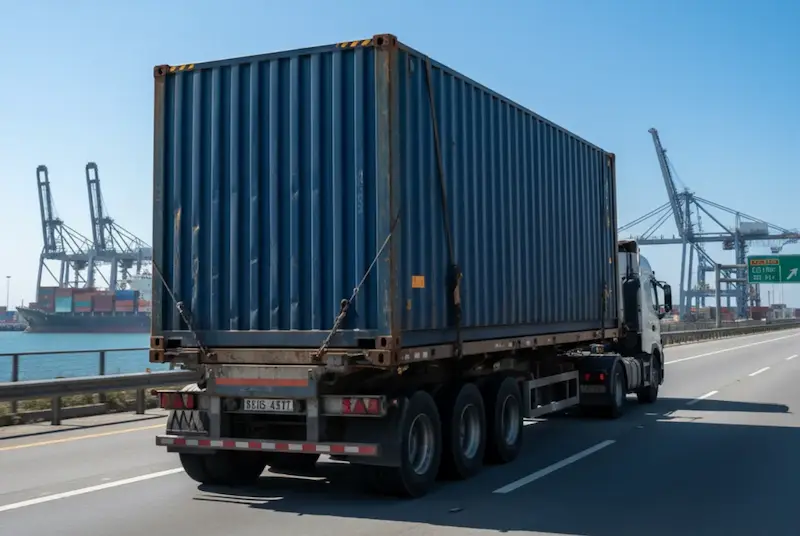
Maximum Gross Weight Limits
A 20-foot shipping container size can handle a max gross weight of about 67,200 pounds, including the container’s tare weight, along with whatever cargo you’re packing inside. Essentially, it’s the “do not exceed” weight that manufacturers and transportation professionals swear by.
Such a specific limit boils down to engineering. The container, along with the vehicles used to move it, has been designed to carry this load without jeopardizing safety or performance.
Exceeding this weight isn’t just risky for the equipment and shipping infrastructure; it can also put people at risk. For instance, an overloaded or overweight shipping container may strain cranes during loading or impact a truck’s braking ability on the highway, so you should stay within this limit to ensure your shipment travels safely.
Weight Distribution and Safety Considerations
There’s more to container safety than staying within the weight limit. Weight distribution is equally critical. If you put all the heavy items on one side of the container while the other remains light, the imbalance will cause wobbling during transit, or worse, tipping over when being lifted or moved.
Always aim for an even spread and plan your packing strategy so the weight is distributed consistently from front to back and side to side. Secure the load with cargo straps, braces, and other tools to lock items in place, preventing them from sliding or shifting during movement.
Different countries and transportation methods (truck, train, or ship) have rules about acceptable weights and distribution. Don’t ignore them, or you’ll face delays, fines, or potential impounding of your shipment.
Regulations and Weight Restrictions
Weight rules make sure that the items don’t be delayed, fined, or hurt while they’re on their way. If you’re going to be dealing with a 20ft container size, you need to know these restrictions and weight limits:
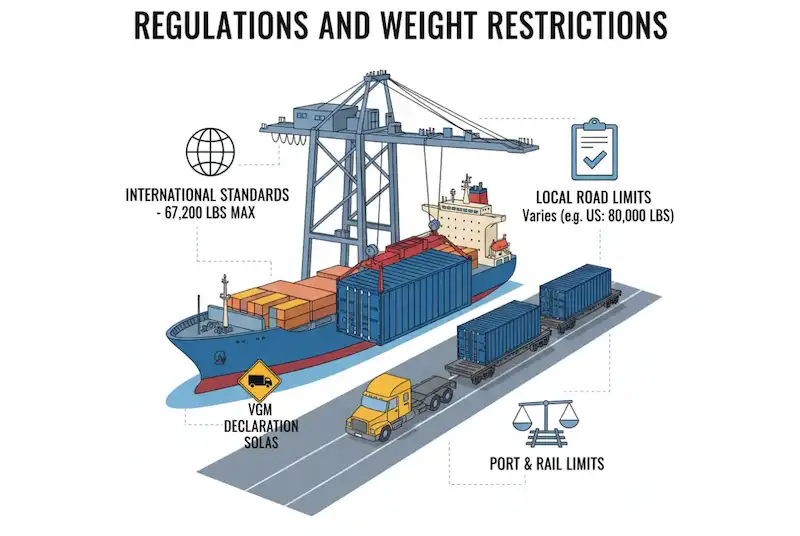
- International standards. A fully loaded 20-foot container may weigh up to 67,200 pounds (30,480 kilograms) according to international standards. This includes the container’s empty weight and all the cargo inside. These limits are regulated by the International Maritime Organization (IMO), and failure to comply with them will lead to denied entry at ports or the container being offloaded mid-shipment.
- Local road and highway weight limits. Each country determines how much weight a truck hauling a container can carry: for example, in the United States, federal law dictates that the maximum gross weight for a truck, cargo, and container combined is 80,000 pounds (40 tons); in the European Union, the weight laws vary by country, but typically trucks are limited to around 40 metric tons (88,184 pounds) in total weight.
- Verified Gross Mass (VGM) declaration. Introduced as part of the IMO’s Safety of Life at Sea (SOLAS) convention, the VGM rule requires shippers to submit the container’s weight before it’s loaded onto a ship.
- Rail and port-specific limits have restrictions on axle weight distribution and set their tonnage limits depending on their handling equipment and capacity.
Research the specific regulations for every leg of your container’s journey and rely on certified weighing stations to ensure accuracy and stay compliant. Remember to distribute weight evenly within the container to comply with regulations and prevent overweight.
How to Accurately Calculate Container Weight
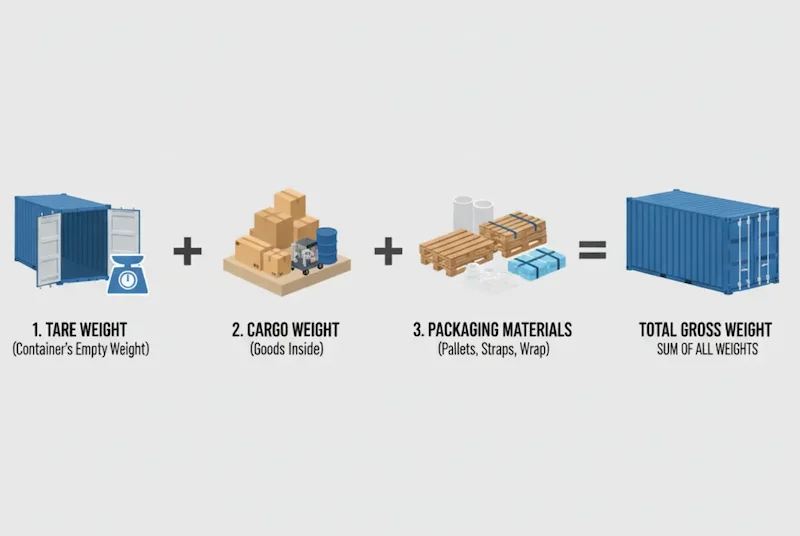
Here’s how to crack the code on container weight calculations. Find the tare weight of your container on its door and note this number because you’ll need it in your final calculation. Calculate the weight of what you’re packing inside the container. Don’t forget container chassis and packaging or securing materials — wooden pallets, straps, braces, and bubble wrap. Add all these weights together, and you’ll get the gross weight of your container.
One mistake, and you can end up with a weight discrepancy that throws off your entire shipping plan, so use certified scales and, if needed, a second set of eyes to review the numbers and eliminate errors.
Tips for Optimizing Cargo Weight Within Limits
To maximize how much you can ship while staying within weight restrictions, use every inch of the shipping container by packing items tightly without wasting space and placing heavier items on the bottom for stability.
Swap heavy wooden pallets for lightweight alternatives like plastic or aluminum and keep the load evenly distributed across the container. An off-balance load will affect transport safety and may even result in penalties for non-compliance.
Weigh your items as you pack to ensure you stay within limits, and if your cargo is close to the max allowed weight, split it across two containers to avoid issues with compliance or road limits.
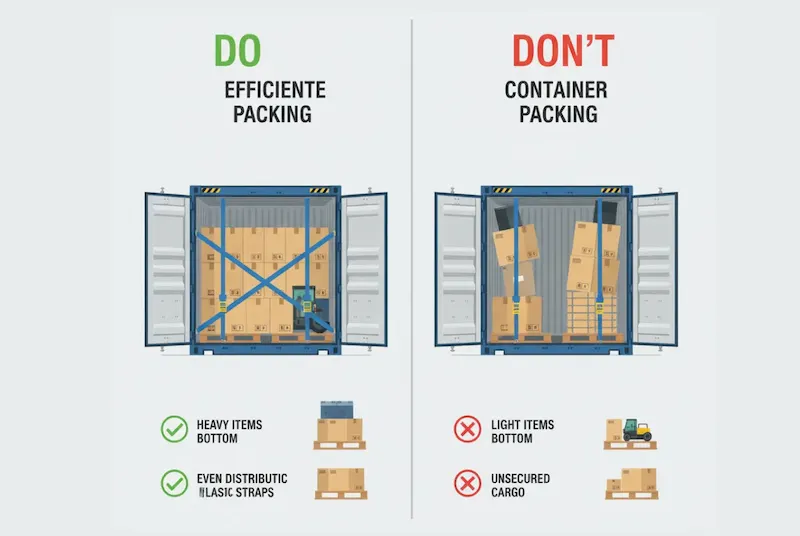
Conclusions
Considering the weight and capacity of a 20ft container, both empty and loaded, isn’t just a nice-to-know detail — it’s a shipping essential that ensures compliance with regulations and protects your cargo and everyone involved in the transportation. Once you’ve got the hang of calculating tare, cargo, and gross weight, it becomes a habit like any other, so double-check those figures and don’t hesitate to split cargo if needed.
Vanessa is a dedicated writer and content enthusiast at Pelican Containers. With a background in practical writing and a keen eye for clarity, she transforms complex container topics into easy-to-understand and useful content. Her passion lies in exploring the evolving world of container usage — from smart storage hacks to global logistics trends.
When she's not writing, Vanessa loves discovering creative shipping container projects or traveling to find new inspiration.
Explore thoughtful, informative, and accessible content with Vanessa!
Vanessa is a dedicated writer and content enthusiast at Pelican Containers. With a background in practical writing and a keen eye for clarity, she transforms complex container topics into easy-to-understand and useful content. Her passion lies in exploring the evolving world of container usage — from smart storage hacks to global logistics trends.
When she's not writing, Vanessa loves discovering creative shipping container projects or traveling to find new inspiration.
Explore thoughtful, informative, and accessible content with Vanessa!
FAQ
What is the typical empty weight of a 20ft shipping container?
The empty weight of a standard 20ft shipping container, or the tare weight, is typically around 4,800 lbs (2,177 kg). This number depends on the container’s design or material, but it gives you a solid starting point for your calculations.
How much weight can a 20ft shipping container carry when fully loaded?
A 20ft container usually carries up to 55,000 lbs (25,000 kg) of cargo. However, this is only an approximate figure and depends on the container’s condition, the freight carrier’s guidelines, and local transport limits.
What is the maximum gross weight allowed for a 20ft shipping container?
The maximum gross weight, which includes the container’s tare weight plus the cargo, is typically capped at 59,000 lbs (26,780 kg); exceeding this limit will lead to penalties or safety risks.
How does container weight affect shipping and freight costs?
Heavy containers (40 or 45 ft) incur higher charges due to fuel consumption, handling requirements, or road weight restrictions. If limitations are exceeded, there may be penalties or the need to discharge goods, which would incur additional costs.
Why is it important to consider weight distribution inside the container?
If the load isn’t even, the container may tip, shift while it’s being moved, or harm the contents; it can also create handling issues for trucks, ships, or cranes. So, optimize the weight fairly and put the heaviest things in the bottom and middle of the container.

